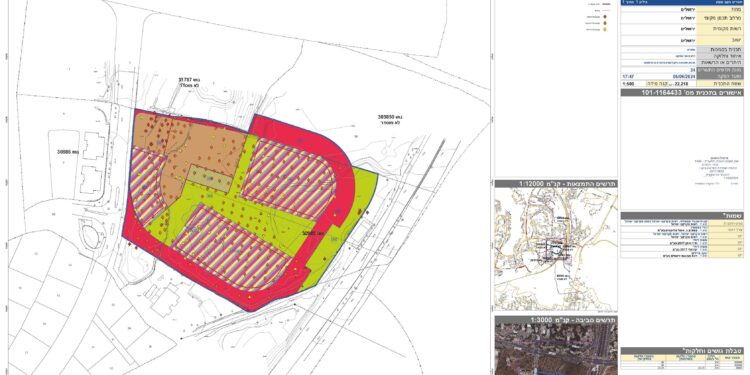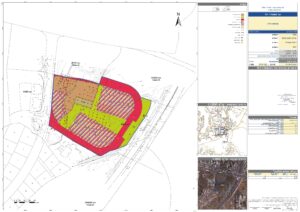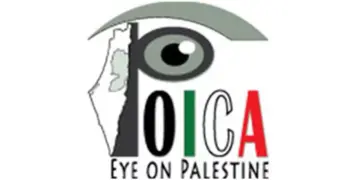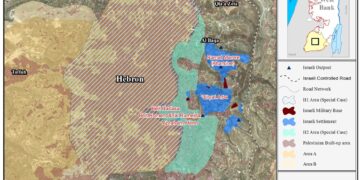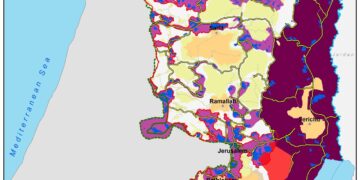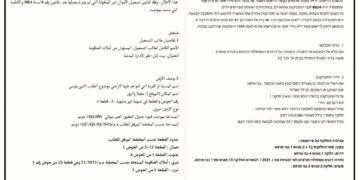In late February 2025, Israel has approved a new settlement construction plan on 22.2 dunums of privately owned Palestinian land in the city of Beit Jala, south of Jerusalem. The plan, formally identified as Plan No. 101-1164433, will result in the establishment of a new settlement neighborhood to the eastern side of Gilo settlement and along bypass Road No. 60, and will consist of 805 housing units. The targeted land was illegally and unilaterally annexed by Israel following the 1967 war and has been completely separated from its Palestinian owners by the construction of the Israeli segregation wall in 2004. The targeted site, where the new settlement neighborhood is intended to be established includes some of the oldest olive groves in the area, with almost 275 Olive and forest trees—an irreplaceable part of Palestinian cultural and agricultural heritage. The land has long been cultivated by Palestinian families, many of whom now find themselves cut off from their property due to the wall and Israeli-imposed access restrictions.
The recently approved Israeli settlement plan represents far more than a housing project—it is part of a strategic, long-term policy of geographic fragmentation and demographic manipulation. Geographically, this settlement will further encircle Beit Jala from the north along with a set of recent Israeli settlement plans that have been approved by the government to create a belt of settlements north of Beit Jala city (Bethlehem in general), tightening Israeli control over the Bethlehem-Jerusalem corridor. The plan effectively severs the city’s territorial continuity with Jerusalem, limiting Palestinian access to the holy city and isolating Beit Jala within a matrix of settlements, bypass roads, and the segregation wall.
Israeli settlement Plans north of Bethlehem
Demographically, the influx of Israeli settlers into this area in the future (once the plan is completed) will drastically alter the population balance, entrenching a settler presence at the expense of Palestinians who are already being physically and economically displaced. The targeted land, planted with ancient Roman olive trees and separated from its rightful Palestinian owners by the segregation wall, is a symbol of the deep-rooted connection between Palestinians and their land. This plan aims to erase that connection and cement permanent Israeli control.
This move undermines the prospect of a two-state solution and further dismantles the geographic and cultural integrity of Palestinian cities like Beit Jala. Under the Fourth Geneva Convention, the transfer of an occupier’s civilian population into occupied territory is explicitly prohibited. The land is part of the territory illegally and unilaterally annexed by Israel after the 1967 war. Despite widespread international rejection of this plan, Israel has continued to expand its settlements deep into the West Bank, fragmenting Palestinian communities and tightening its grip over occupied territory. This project not only violates international law—it actively destroys the physical and political space for Palestinian statehood,” said Francesca Albanese, the UN Special Rapporteur on the situation of human rights in the Palestinian territories. “The international community must go beyond condemnation and take concrete steps to hold Israel accountable.”
Prepared by:
The Applied Research Institute – Jerusalem


